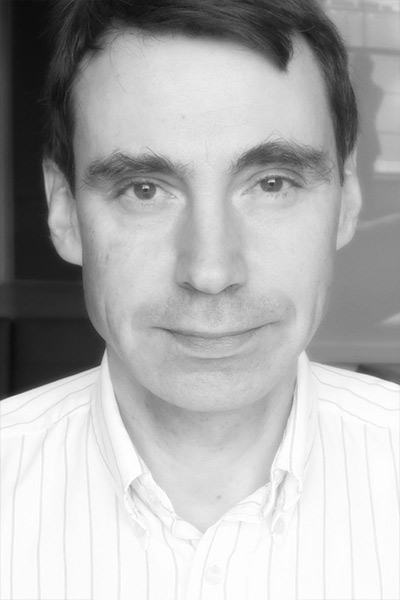|
|
|
Program > Invited Speakers
 |
Dr Miguel Ángel OtaduyMiguel Ángel Otaduy is an associate professor (profesor titular interino) at Universidad Rey Juan Carlos (URJC Madrid), where he works at the Modeling and Virtual Reality Group (GMRV), in the Department of Computer Science. He received his BS (2000) in Electrical Engineering from Mondragon Unibertsitatea (Spain), and his MS (2003) and PhD (2004) in Computer Science from the University of North Carolina at Chapel Hill. He completed his PhD thesis in the field of haptic rendering under the advisory of Prof. Ming Lin, and supported by fellowships from the Government of the Basque Country and the UNC Computer Science Alumni. Between 1995 and 2000, he was a research assistant at Ikerlan research lab, and between Aug 2000 and Dec 2004 he was a research assistant with the Gamma group at UNC. In the Summer of 2003 he worked at Immersion Medical. From Feb 2005 to Feb 2008, he worked as a research associate (oberassistent) at the Computer Graphics Laboratory of ETH Zurich, with Prof. Markus Gross. Miguel is at URJC Madrid since Feb 2008. His main research areas are physically-based simulation, haptic rendering, collision detection, virtual reality, and geometric algorithms, and he is particularly interested in the simulation and interaction with virtual objects in contact, with application to virtual prototyping, computational medicine, animation, or videogames. He is a recipient of a 2011 ERC Starting Grant.
Talk : Simulation of true cloth This talk will cover our recent work on the simulation of highly realistic cloth. This work started several years ago, by performing complex force and deformation measurements on pieces of real fabrics, and fitting elastic models to these measurements. We learned two important lessons: the elastic properties of cloth undergo a complex interplay between deformation modes, and real cloth suffers a huge hysteresis that has been mostly overlooked in computer animation. Our first approach was to address these challenges using traditional continuum elasticity models, and we became rather successful by deriving nonlinear elastic models and models of internal friction. But we came short of reaching the true complexity of cloth, and our second approach was to model cloth the way true cloth is built. Most garments are made of a yarn structure, and the interplay between yarns determines micro-scale effects, but also the macro-scale nonlinear behavior of cloth. However, the standard approach to simulate cloth at the yarn level suffers from high stiffness, nonlinearity, and lack of robustness. We have developed a model that leverages persistent yarn contacts in cloth to reach unprecedented accuracy, efficiency and robustness. Our model entails novel representations at the geometric and mechanical levels. It leads to expressive micro-scale effects such as snags or tearing, as well as macro-scale behaviors determined by the woven or knitted yarn structure. |
 |
Dr Marek Teichmann - (Vice President, Research - CM Labs Simulations)As Vice President, Research, Marek Teichmann brings his unique combined software, geometry, and robotics experience to CM Labs. Marek completed his PhD in computer science at the Courant Institute, NYU, in the field of Computational Geometry and Robotics, working on theoretical and practical aspects of grasping and fixturing. Marek was collision group leader at Lateral Logic, a developer of visualization and simulation software technology. Marek continued this work at MathEngine, where he designed and implemented advanced collision algorithms as part of computer simulations of rigid-body dynamics systems. CM Labs' Vortex technology provides simulation capabilities that set the industry standard for interactive 3D dynamics and simulated equipment behavior. Vortex Studio is a unified simulation and visualisation platform that allows you to create true-to-life simulations of land and sea equipment and environments. Whether you want to create engaging virtual training simulators for tactical vehicle or heavy equipment operators, or test the performance of your next mechatronic product using a virtual prototype, Vortex Studio gives you the tools you need to realise your vision.
Talk: Fast, stiff and under control CM Labs builds real-time applications in one of the most challenging quadrants of physics simulation -- at the intersection of fast, stiff, and stable! This is reflected not only in our training simulators, which accurately model the dynamical behaviour of heavy vehicles such as cranes and excavators, but also many other engineering simulations ranging from robotics control to system verification. In order to meet the demanding specifications required by these applications, we develop an optimized physics engine called Vortex with support for cables, vehicles, and earthmoving. I will give an overview of the engine and discuss techniques we use to ensure real-time performance. Special attention will be given to our solutions for wheel-ground interaction, soil deformation, and cable modeling, along with some related open research problems. |


